Hand brewed coffee steams actually can have or not! Steaming isn't essential for making coffee.
Professional coffee knowledge exchange more coffee bean information please follow the coffee workshop (Wechat official account cafe_style)
Common sayings and materials that can be found on the Internet (and, of course, our own articles in the coffee workshop) will tell you: "steaming is a vital part of hand-brewing coffee. If steaming is not done well, all the subsequent links will be out of balance, but as long as a cup of coffee is steamed successfully, it will not be too bad."
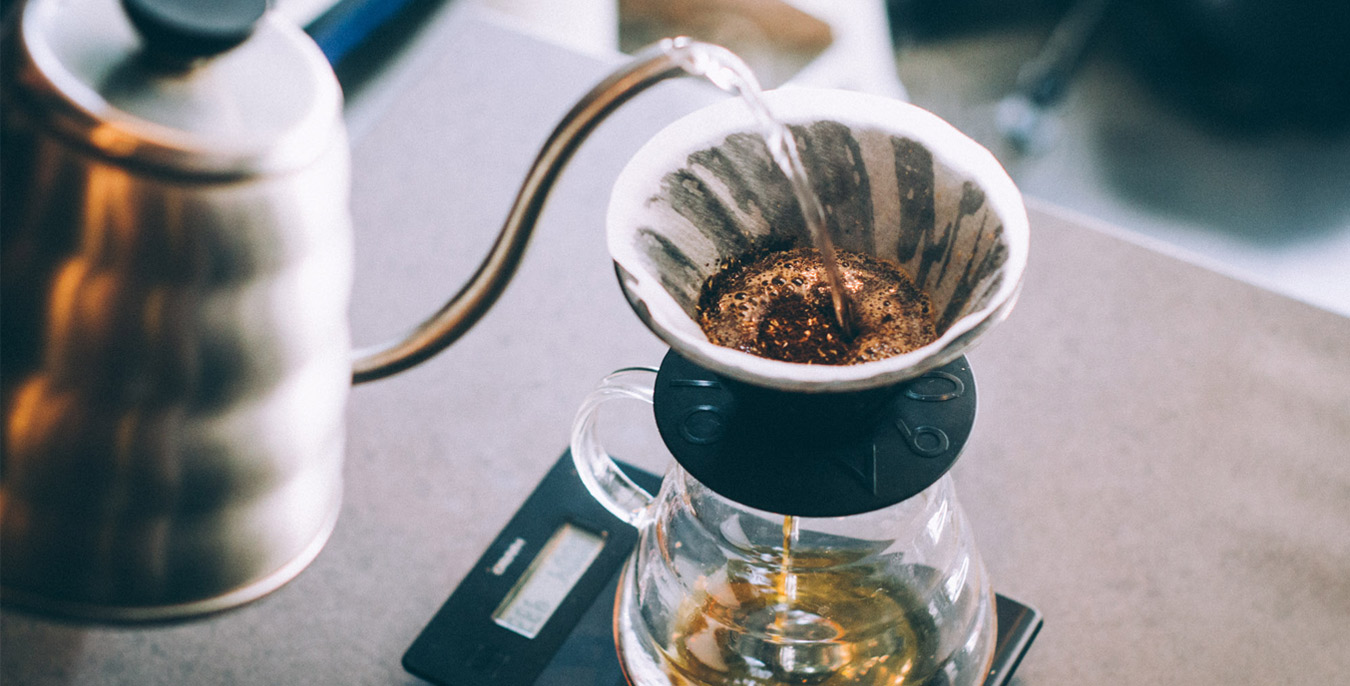
In the past, the editor also believed that, because when we played with the book a few years ago, we decided that what was written in the book, and what people said on the Internet, we nodded. Then take their own successful experience of drawing a gourd and tell you intact: "steaming is the most important part of hand-brewing coffee. If you do a good job of steaming when you play with it, there will not be much problem with a cup of coffee in theory."
But is that really the case?
From the process of running coffee shops in the past few years, I found that the methods of steaming in each shop are different. Some shops drip for a long time like a leaky faucet, while others steam for so long that you can't imagine, and put on the lid in the process, as if they were afraid of the smell running away. There are also some stores do not do steaming at all, very small water column around slowly began to increase the water column, an injection to the end. The hand-brewed coffee of a well-known international coffee chain is symbolically steamed for 5 seconds.
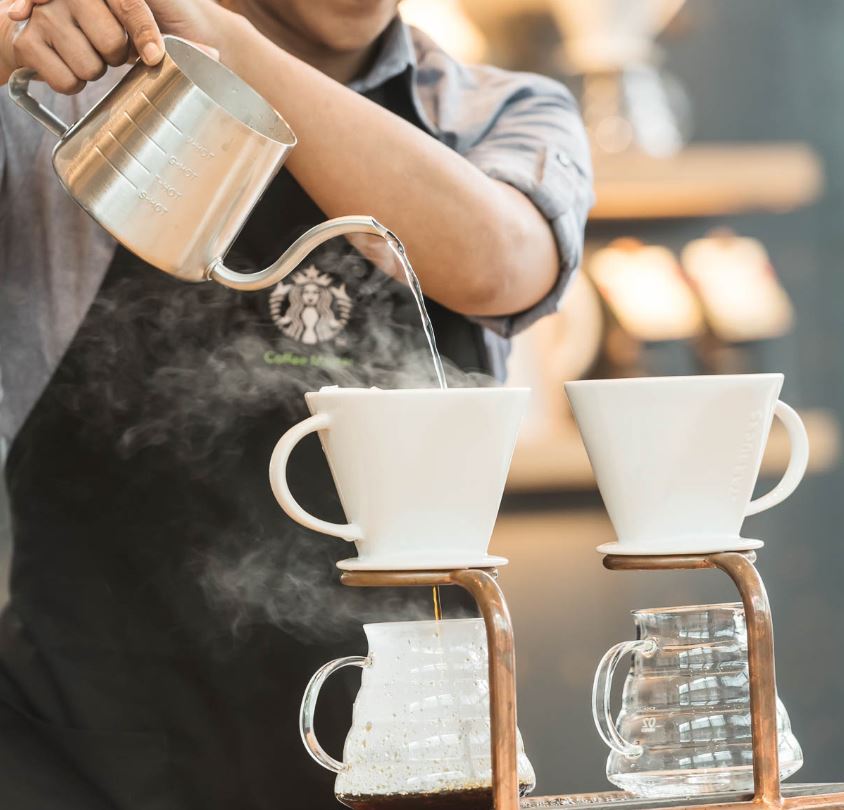
So, will steaming still be an important premise? The editor thinks that in fact, steaming is not the case. For some technical people, steaming is basically an optional existence.
As for the more common saying at present, the definition of the stage of "steaming" is as follows: give a fixed amount of water (twice the amount of powder), and the coffee powder will develop for a period of time after water injection (about 15ml / 45 seconds). Basically, this is not a big problem if you only take beans from a regular bakery.
But if you like to run around cafes to buy beans and occasionally place orders online to buy coffee beans to practice at home, this fixed-parameter steaming will quickly cause your cooking to encounter a bottleneck.
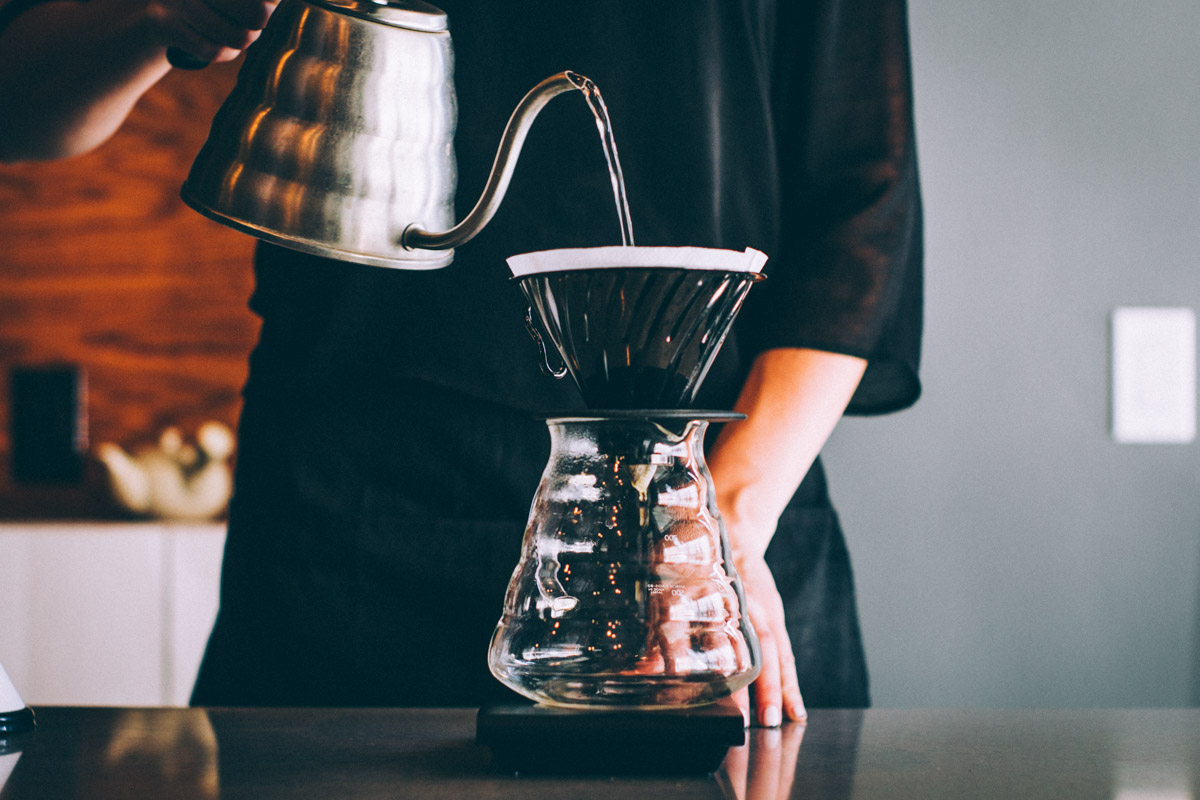
After hitting the south wall several times, the editor summed up the following ideas.
First, there is no fixed value of steaming water.
Deep-roasted coffee powder is more likely to absorb water, and more hot water will be absorbed in the process of brewing. If the title is "coffee beans can absorb water", then deep-roasted beans need more hot water for steaming than shallow-roasted coffee beans. When we are steaming, the amount of water should depend on the water demand of beans, and there should not be a fixed standard to apply as a whole.
Second, there is no fixed value for the time of steaming
In terms of the goal of flavor development, the benchmark is that the bean baker will use the steaming time to adjust the flavor balance of the whole cup of coffee in terms of the performance of the main flavor, and then it will be extended to several subsequent injections of water. So there is no fixed time for steaming, the main thing is to go back to the flavor setting and the final cooking goal of cooked beans when baking, the time variable will not be a fixed parameter of course.
Third, even the existence of steaming itself is dispensable
Some techniques will increase the amount of water injected at the end of brewing, or directly inject it into the edge of the filter paper, using the "underextracted" coffee solution to open the flavor level of the end rhyme and the whole cup of coffee, then, can those "underextracted" coffee liquid be injected only at the end of brewing? I'm afraid the answer is not in the affirmative, because the taste at the end of the cooking usually tends to be sweet, but the taste at the front of the cooking is usually prone to more lively flavor, such as flower aroma, fruit acid and so on.
Steaming itself is not necessarily necessary, it depends on what kind of flavor you want to express.
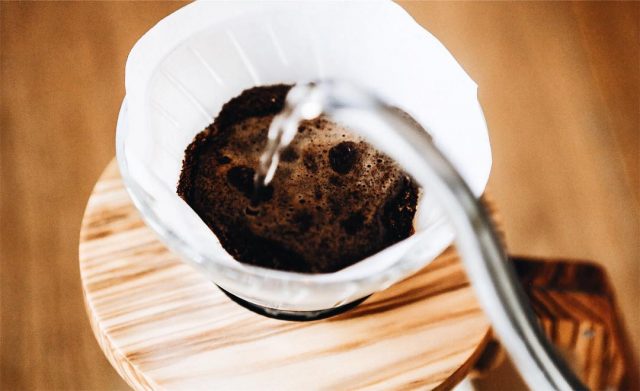
To put it simply, "stuffy steaming", "stuffy steaming water" and "stuffy steaming time" determine the ratio of coffee "aroma" to "taste". Assuming that the common three-stage brewing method of steaming, water injection, and reinjection brings an one-to-one balance between aroma and taste, then the practice of prolonging the steaming time may appear when the bean baker focuses on the aroma and wants to make the coffee taste sweeter or Body.
By the same token, when we shorten or cancel the steaming time, the motivation may be that the performance of cooked beans in sweetness or Body is already above the level, in order to give more room to the aroma, do not let the balance of the whole cup of coffee tilt too much to the taste of the response. Or the flavor development of ripe beans has not reached the target value, lengthening the cooking time may bring out a bad taste, as long as let the cooking end quickly before those flavors come out.
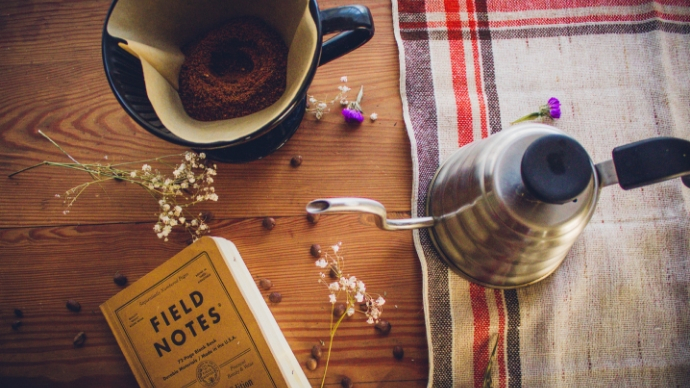
Break your fixed mind! Steaming is only a non-essential link.
Whether there is steaming or not mainly depends on the skill of the baker and the characteristics of the baking machine, so that the trend of cooked beans is partial to aroma or taste. After the interpretation of the bean grinder, what kind of correction or reinforcement can be made in the cooking process? steaming is only a non-essential link in cooking techniques.
Whether the so-called perfect steaming or steaming is successful or not, it is necessary to push back or summarize from the last cup of coffee. For hand brewing, all operations do not need to be too attached to the superficial value, because anything is possible.
END
Important Notice :
前街咖啡 FrontStreet Coffee has moved to new addredd:
FrontStreet Coffee Address: 315,Donghua East Road,GuangZhou
Tel:020 38364473
- Prev
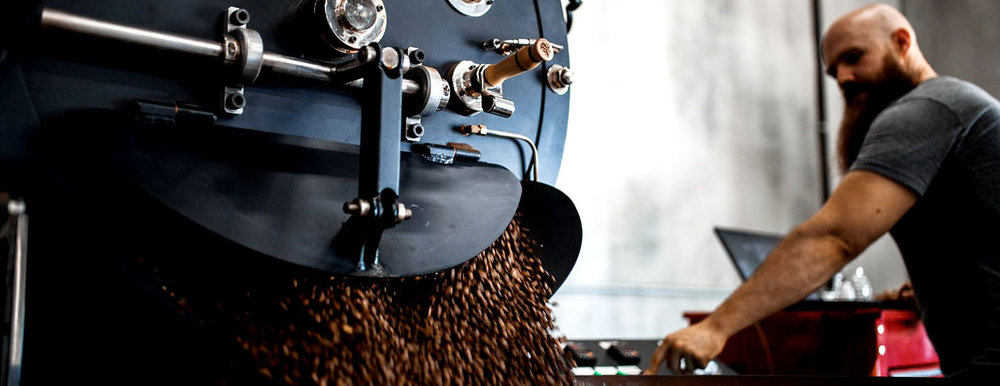
Do you make money by baking your own coffee? How much does it cost to bake coffee beans in a coffee shop?
Professional coffee knowledge exchange more coffee bean information Please follow coffee workshop (Wechat official account cafe_style) in China, where coffee consumption is growing rapidly, the coffee industry has shown an unprecedented active state in recent years. Thanks to the rapid expansion of international chain brands and the promotion of local Internet coffee brands, Chinese people's awareness and acceptance of coffee are also.
- Next

Coffee hurts your stomach? Is decaffeinated coffee okay?
Does it matter if you drink decaffeinated coffee? Caffeine isn't the only irritant in coffee, and it doesn't stop your stomach from hurting just because you remove it. The main effects of coffee on the digestive tract are to stimulate gastric acid secretion, promote intestinal motility and relax the lower esophagus.
Related
- Beginners will see the "Coffee pull flower" guide!
- What is the difference between ice blog purified milk and ordinary milk coffee?
- Why is the Philippines the largest producer of crops in Liberia?
- For coffee extraction, should the fine powder be retained?
- How does extracted espresso fill pressed powder? How much strength does it take to press the powder?
- How to make jasmine cold extract coffee? Is the jasmine + latte good?
- Will this little toy really make the coffee taste better? How does Lily Drip affect coffee extraction?
- Will the action of slapping the filter cup also affect coffee extraction?
- What's the difference between powder-to-water ratio and powder-to-liquid ratio?
- What is the Ethiopian local species? What does it have to do with Heirloom native species?

